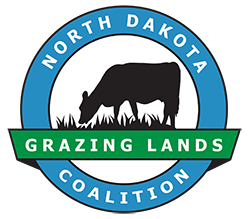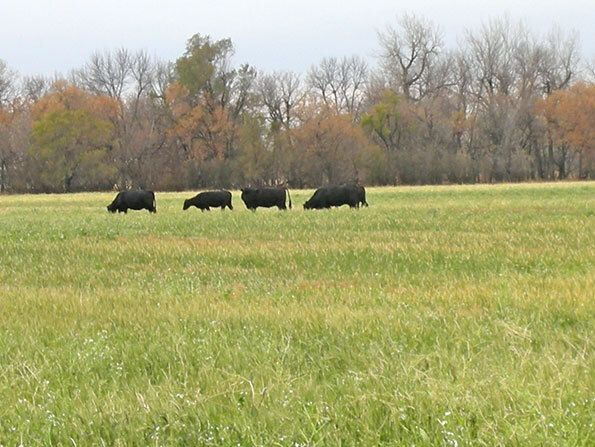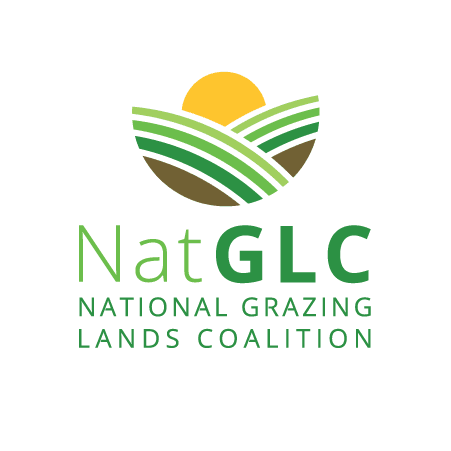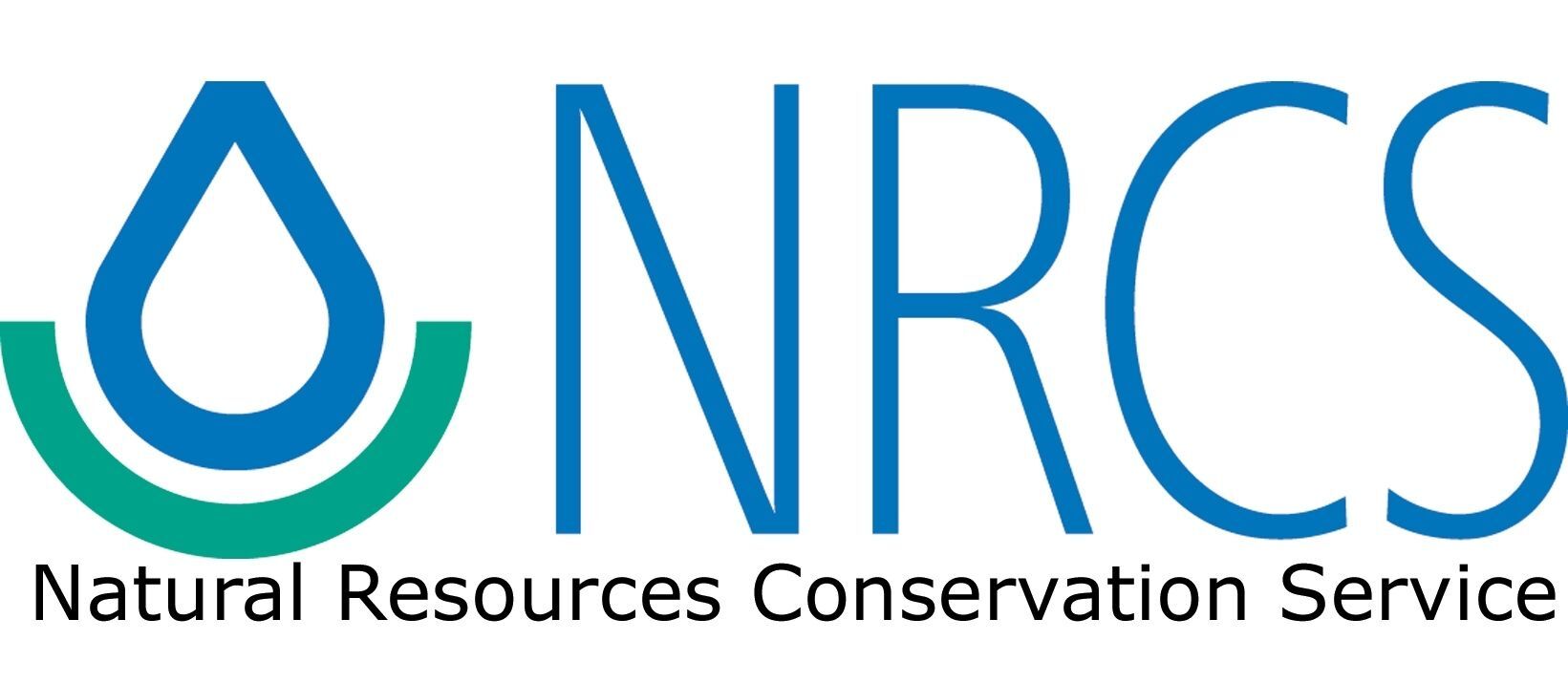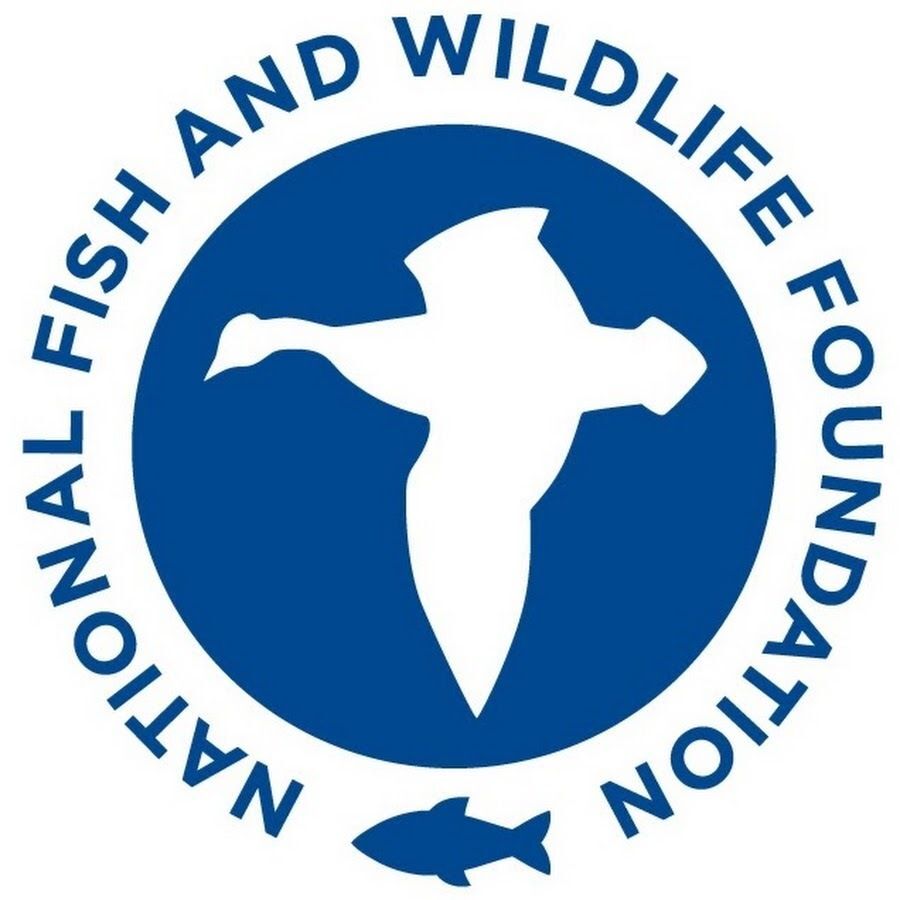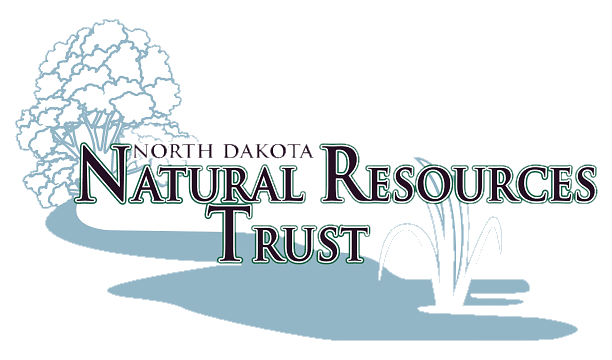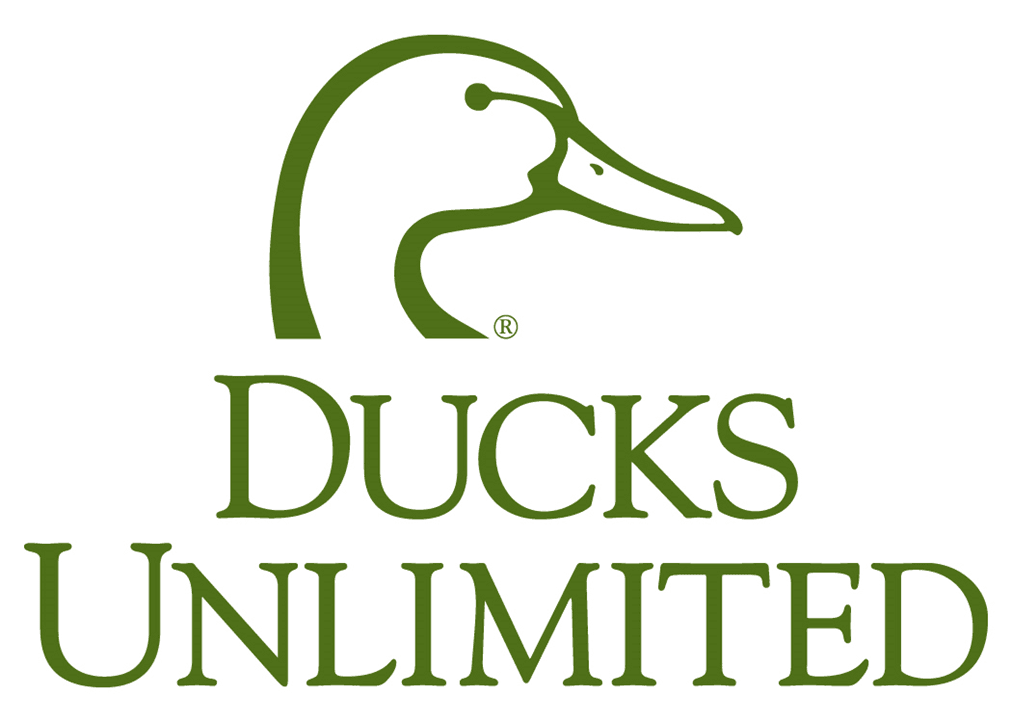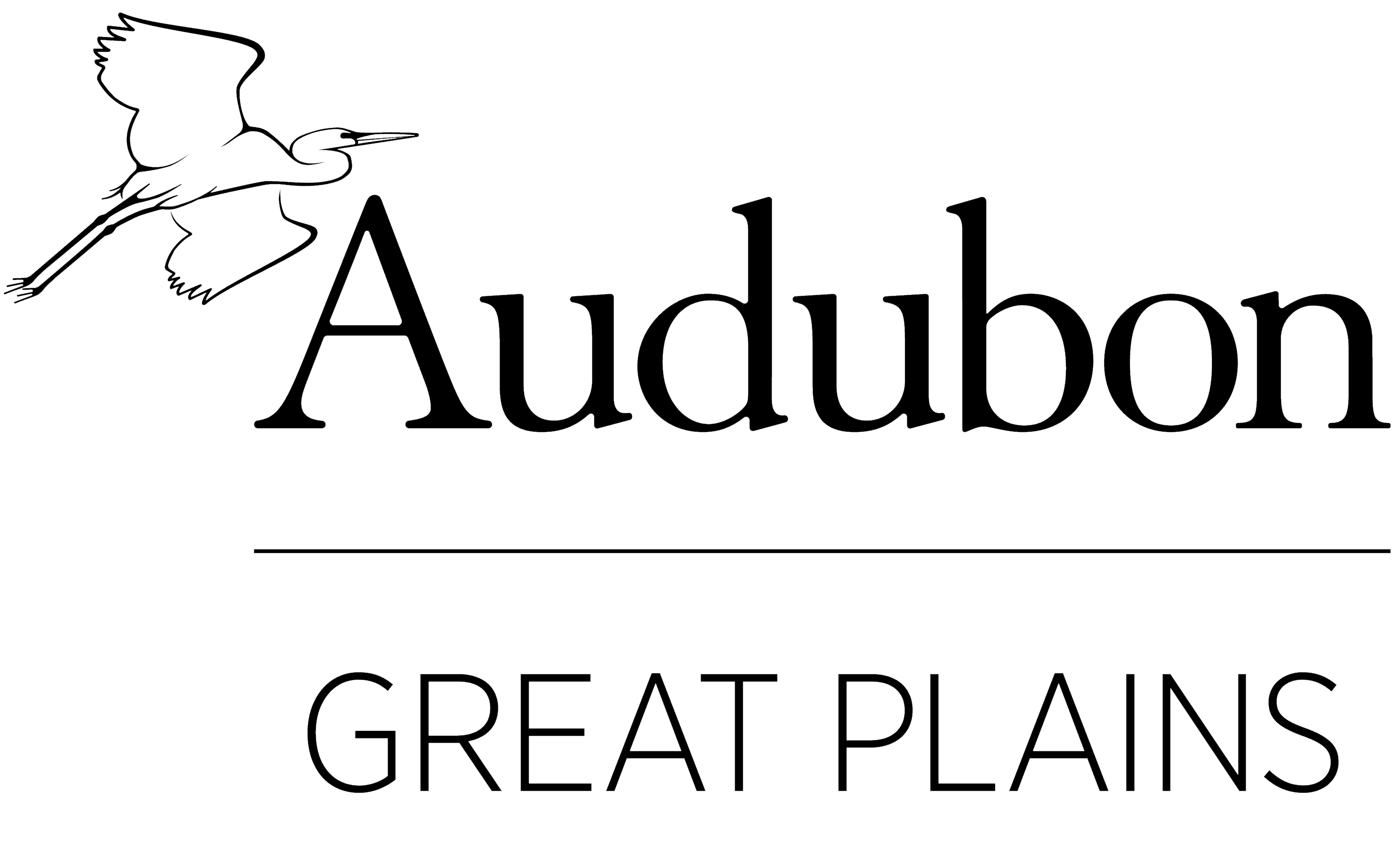Vision - Mission - Purpose
Vision
Healthy grazing lands for today and future generations
Mission
To improve stewardship by providing education and technical assistance to producers regarding regenerative and profitable grazing management and building conservation awareness by educating citizens and policy makers
Our Purpose
To promote the health and stewardship of North Dakota grazing lands through:
- Promotion of voluntary actions
- Respect for private property rights
- Education of the values and benefits of well-managed grazing lands
- Strengthening partnerships between grazing land managers and others who support the purposes of the Coalition
- Regeneration of the economic, social, and environmental stability of land, livestock, and people
How NDGLC Began
The North Dakota Grazing Lands Coalition (NDGLC) was organized by a grassroots group in 1996 to promote the health and sustainability of North Dakota's 13.5 million acres of grazing lands.
The NDGLC believes that through voluntary actions, respect for private property rights, and education on the values and multiple benefits of well-managed grazing resources, these goals are achievable.
Cooperatively, the coalition's goals are to provide local leadership, guidance, information and technical assistance to grassland managers. Given the appropriate tools and training, grassland managers will be better prepared to make cost-effective and environmentally sound decisions.
Coalition members have a very strong focus on the importance of managing for soil health and systems biodiversity as a key to sustainable farming and ranching. They continue to implement and demonstrate new technologies that: improve soil health, productivity and profitability, reduce input costs, and integrate livestock and crops in a whole farm systems approach. They work through the kinks that are always a part of the transition to new technology, and are positioned and willing to assist other producers in making those adjustments.
Grazing land is a collective term for land which supports plants suitable for harvest by grazing animals managed primarily through grazing management. This could include range land, grassland, native prairie, pastureland, grazed forest, native and naturalized pasture, hay land and grazed cropland.
All programs and services are offered on a non-discriminatory basis.
